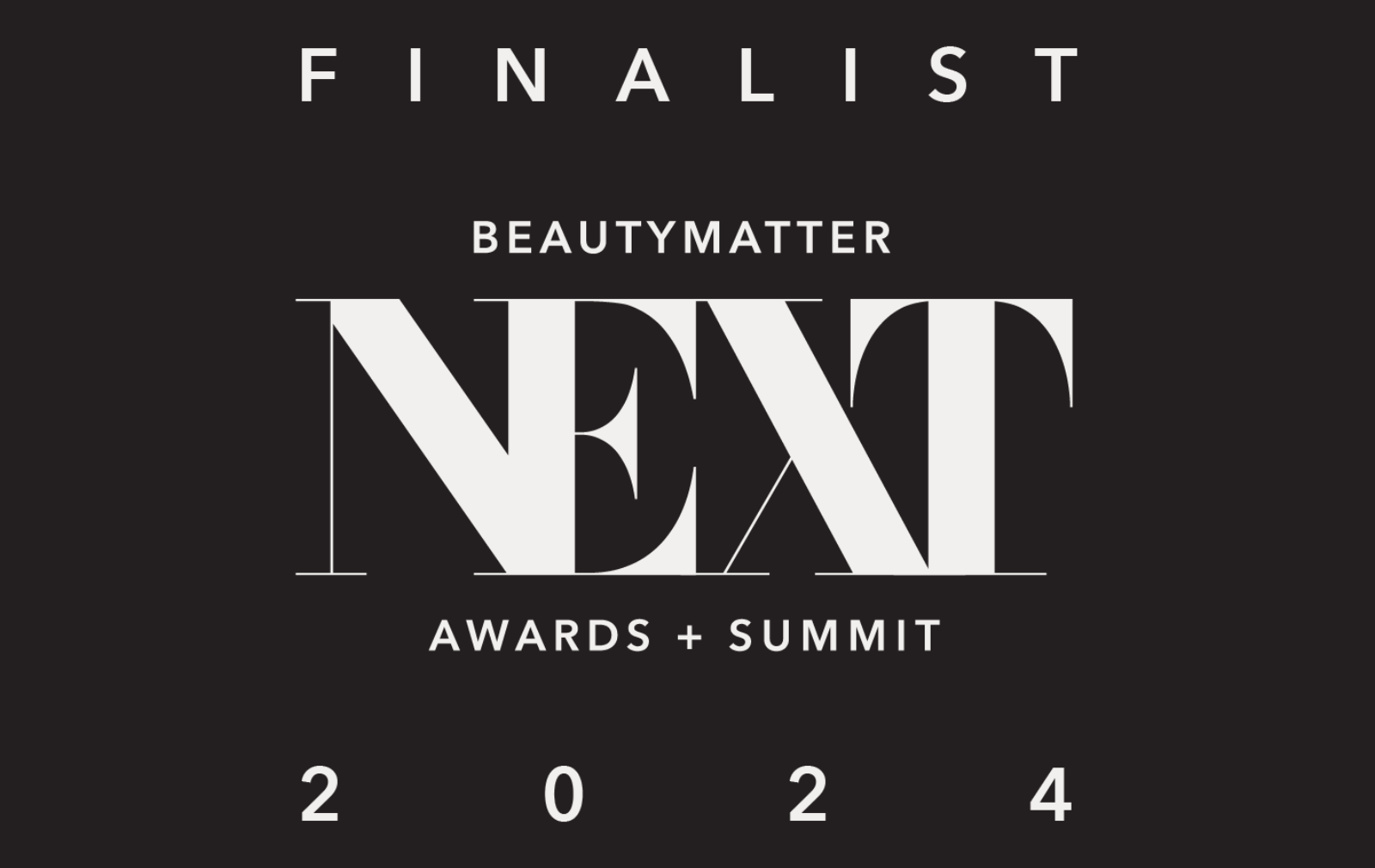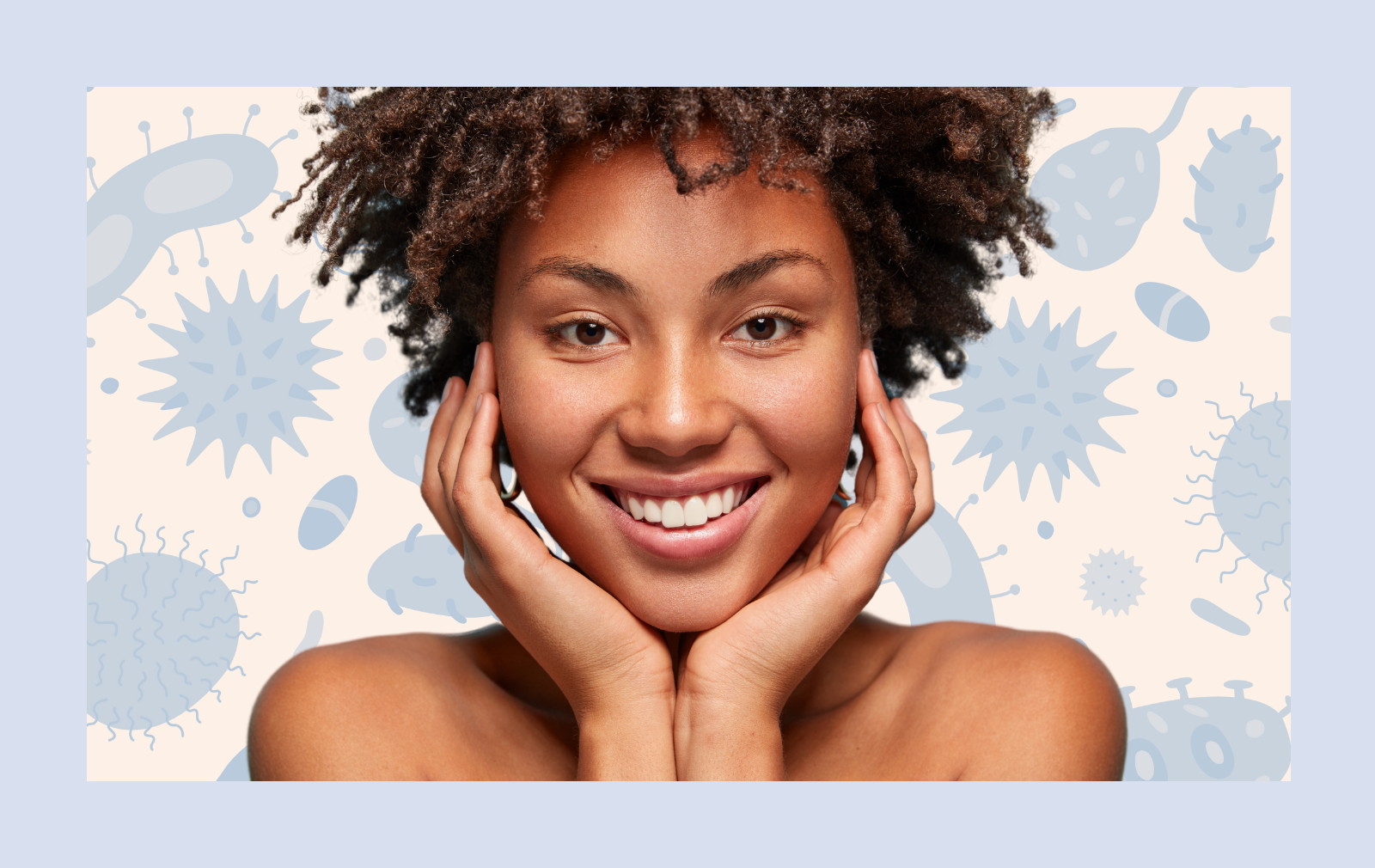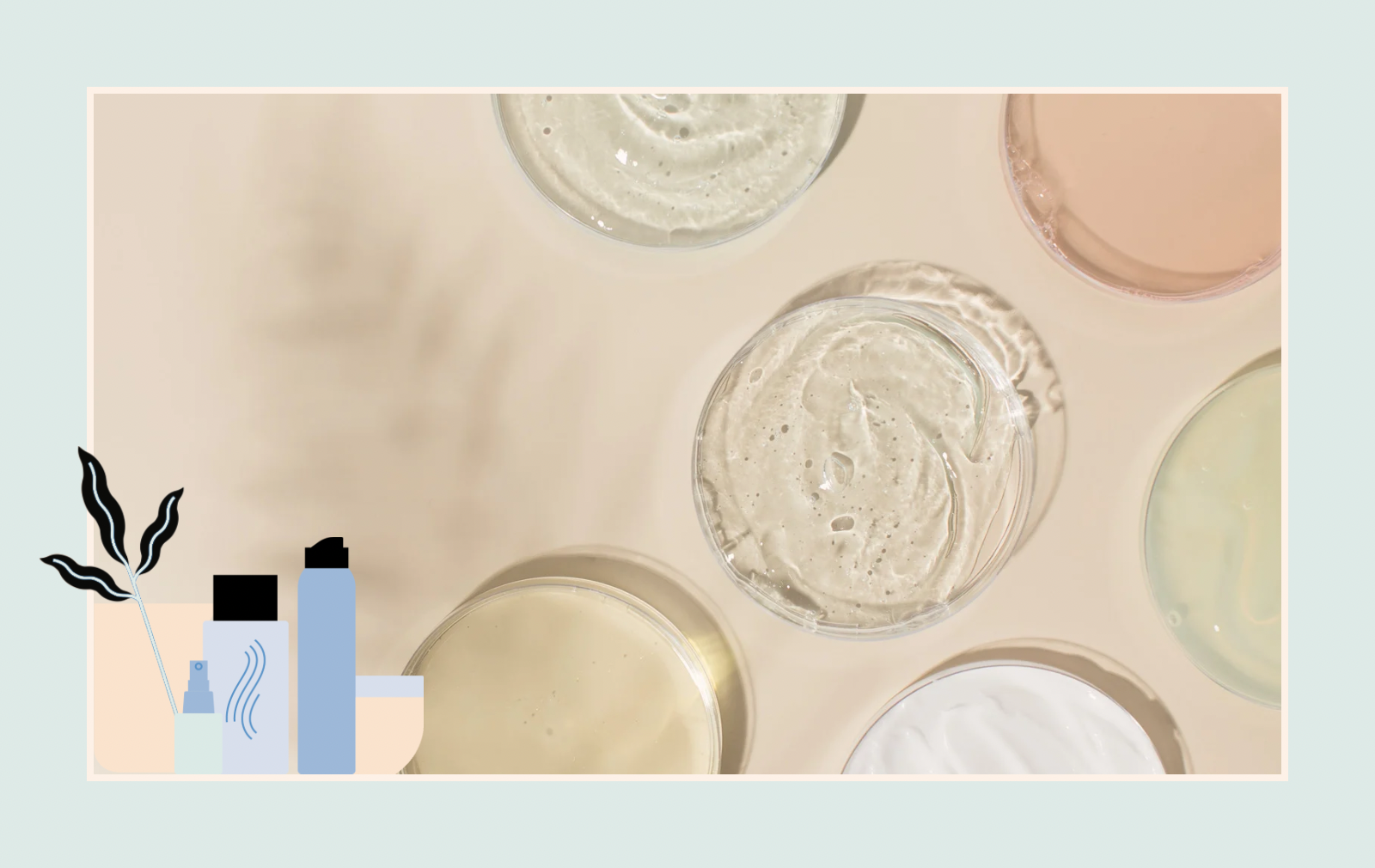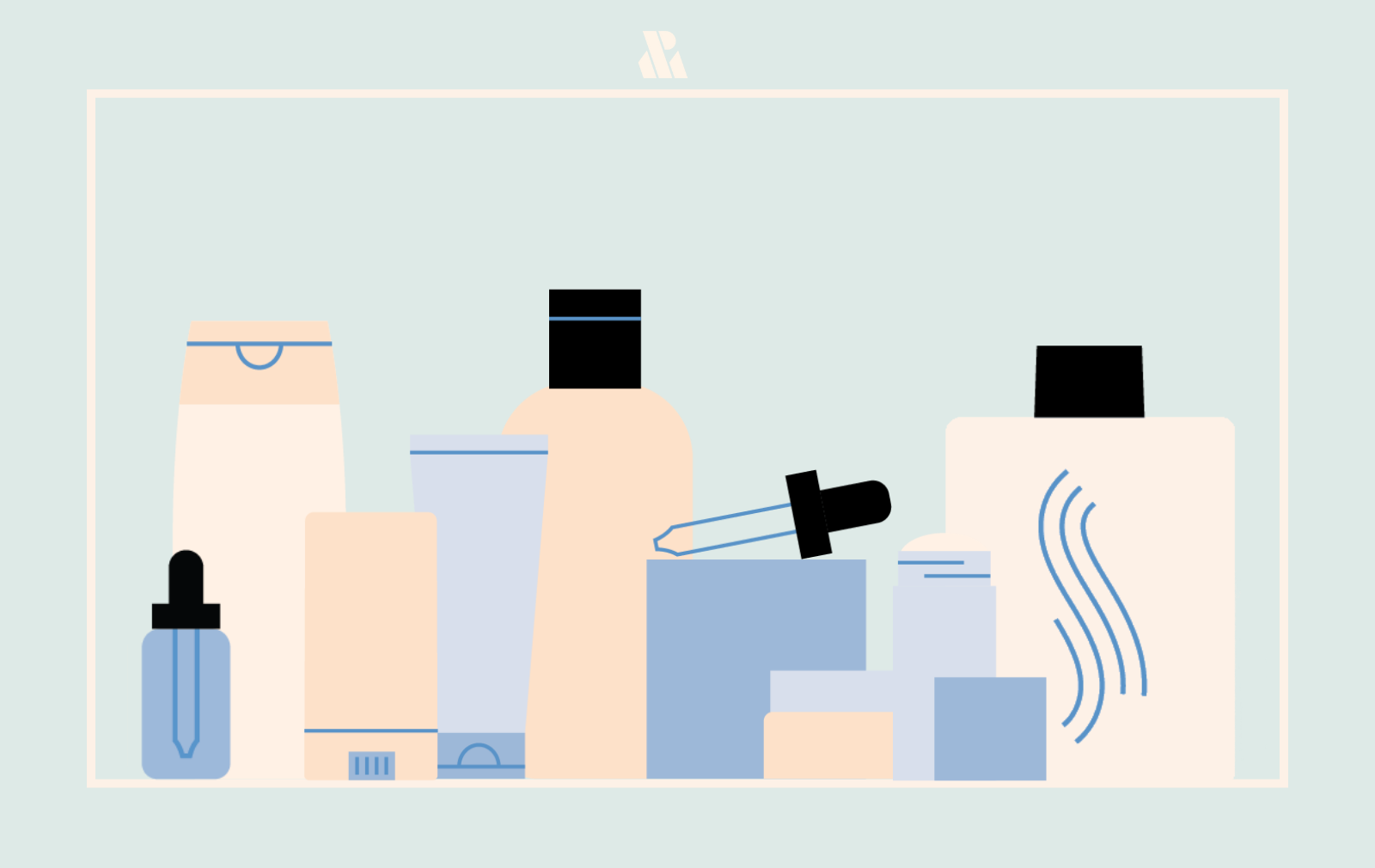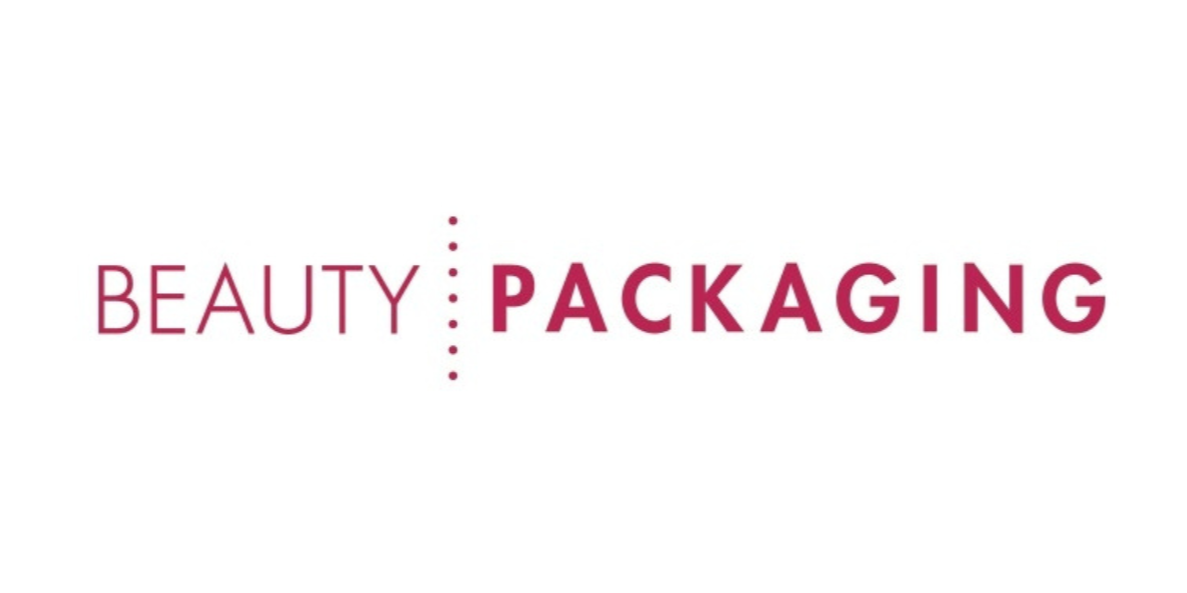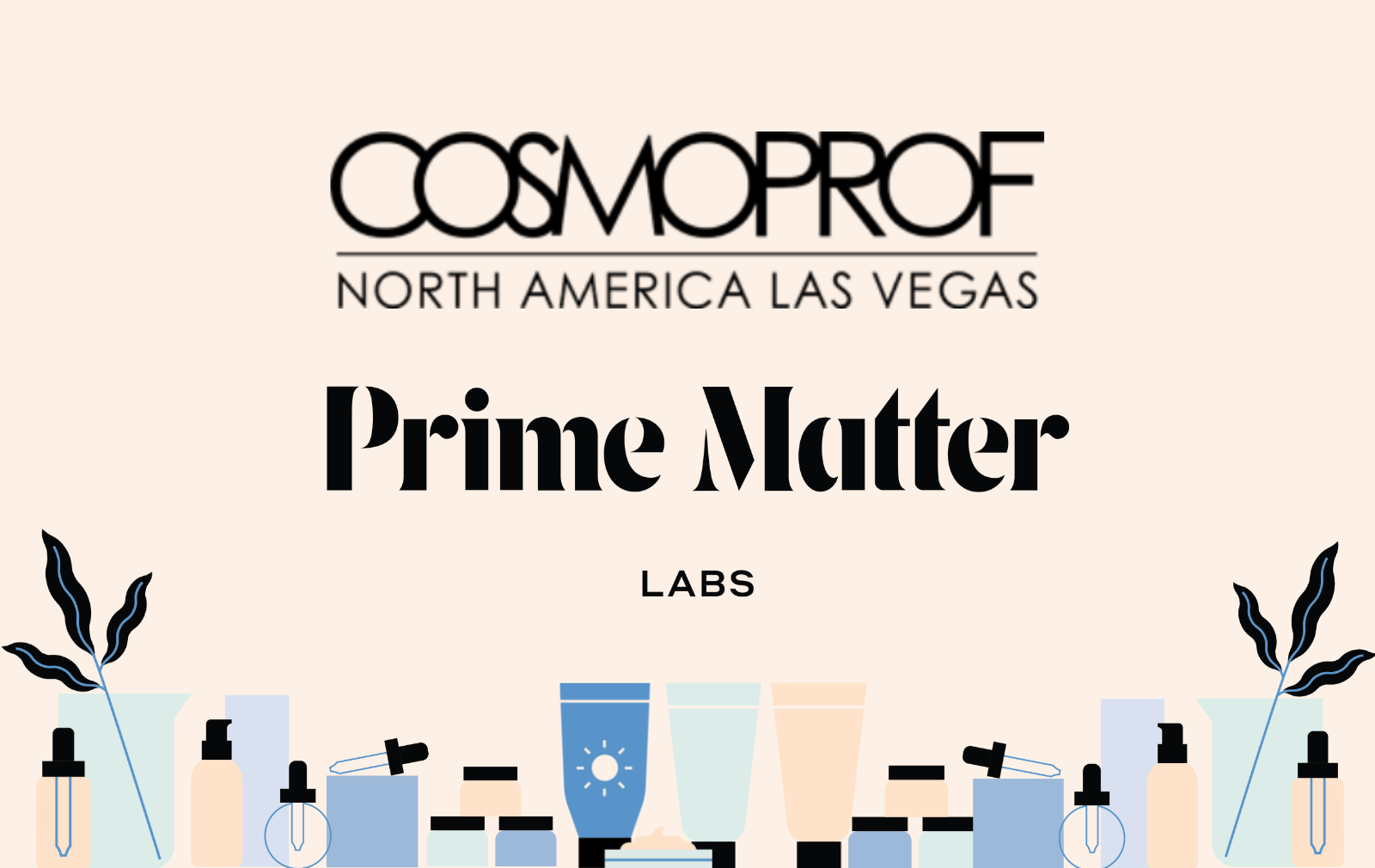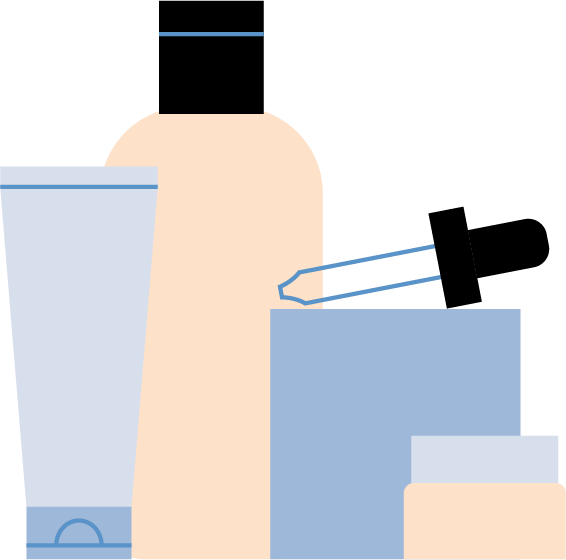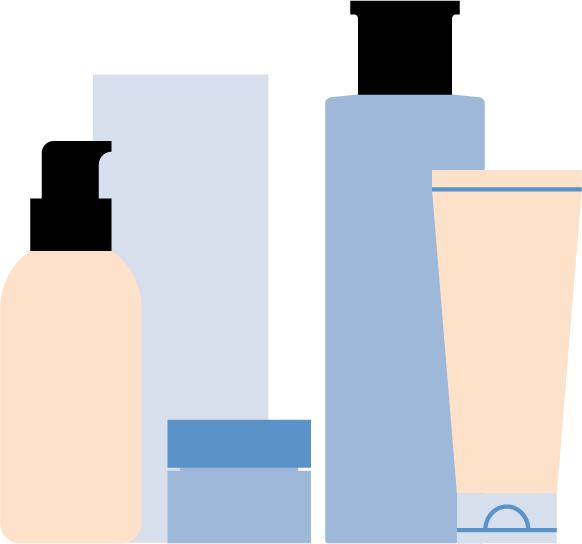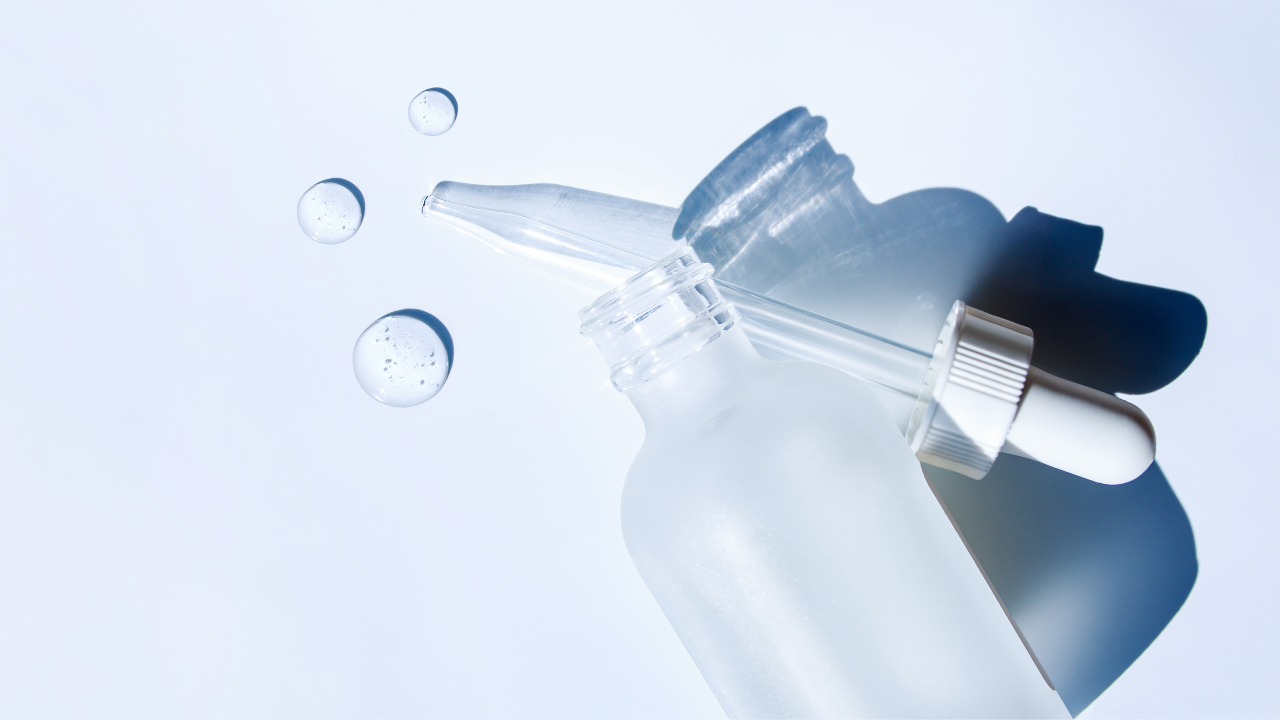
In 2024, consumers, brands, and suppliers in the beauty industry have evolved to focus on impactful, science-backed products that support personal health and sustainable consumption. With a focus on inclusion and authenticity, consumers can now find a range of effective products to fulfill their unique needs, more so than ever before.
At the same time, consumers have become more educated about beauty products and are more likely to do their own research before making a purchase. They’re also more concerned about the safety and efficacy of the products they use, which has pushed the industry to be more transparent with consumers.
2024 marks the beginning of the Modernization of Cosmetic Regulation Act of 2022, which outlines a new set of reporting and label requirements that will impact brands and their manufacturing partners. These new requirements help to ensure the safety of consumers and will aid the industry in building trust through transparency, which will extend beyond brands to the processes and systems of the suppliers and partners. (MoCRA Explained)
Consumers’ behaviors are also responding to the advancements in technologies and the impactful events and changes in the world around us. Whether it’s simplifying routines by using multifunctional products to combat inflation, leveraging biotechnology to minimize a product’s ecological footprint, or discovering new products through TikTok trends, both brands and consumers are influenced by the rapid pace of the modern world. We take a look at how these trends play out in the current beauty landscape.

Trend # 1
Consumers seek validation that products will be safe and effective.
THE NEW INFLUENCERS
While the perception of influencers and celebrities endorsing beauty products has changed, they aren’t out of the game yet. Brands and consumers have become more invested in trustworthy sources and are focusing on influencers that are perceived to be authentic in their endorsements and knowledgeable about beauty. In fact, 74% of consumers say they prefer authenticity from their beauty influencers. (Kantar, On Trend: The evolving beauty consumer)
At the same time, consumers are increasingly looking for products that are backed by or recommended by authoritative experts like dermatologists, cosmetic chemists, cosmetologists, trichologists, etc. 63% of consumers say they are more likely to trust a beauty brand if it is recommended by a dermatologist or other expert. (Nielsen, The Future of Beauty: How Consumers are Redefining the Industry.)
TRANSPARENCY AND TESTING
Brands are delivering transparency to consumers through ingredient education and supply chain disclosures. Whether it’s through their website, social media, or packaging, brands are making the effort to break down ingredient lists and help consumers understand why specific ingredients were included in a formula, how it will benefit them, and where they come from.
Additionally, brands are increasingly leveraging relevant studies and testing in their marketing to showcase the efficacy of a product. While more costly to carry out, in vivo studies, clinical trials and consumer perception studies that show impactful results are an effective form of marketing for brands, especially luxury brands that may need to qualify their higher cost. Brands can also share additional supporting information on studies around specific ingredients from suppliers and scientific researchers, which can help with educating consumers. Practicing transparency will help brands build trust and validate the purchase cost for discerning consumers.

UPDATING PRESERVATION SYSTEMS
2023 saw consumers become even more aware of the role preservatives play in the quality, consistency and even the smell of their beauty products. Preservative systems refer to a combination of ingredients formulated to prevent or inhibit the growth of microorganisms such as bacteria, fungi, and mold in cosmetic and personal care products. Preservatives are crucial in these products to ensure their safety, stability, and longevity. Without proper preservation, beauty products could become a breeding ground for harmful microorganisms, leading to spoilage and degradation. The clean beauty movement sparked a backlash toward the use of some synthetic preservatives, like parabens, that were commonly used to prevent the growth of bacteria and other microorganisms. Some brands that opted for more “natural” options had to deal with a backlash from consumers this year who were surprised by a product’s texture or smell.
The industry is working on solutions to this problem. We’ve seen an increase in waterless products or formulas that minimize water content, which may require fewer preservatives. Formulators are also exploring self-preserving systems that use a combination of ingredients to create an environment that is hostile to bacteria and other microorganisms. Biotechnology is being leveraged to develop new ingredients like bio-fermented preservatives that are effective against a wide range of bacteria and other microorganisms while also being gentle on the skin. Another approach that some brands are using is microencapsulated preservatives in which preservatives are encapsulated in tiny spheres that release slowly over time, helping to make them less likely to cause irritation. It’s important for formulas to undergo extensive testing for both preservative efficacy and product stability to confirm shelf life for cosmetics or expiration dates for OTCs.

Trend #2
Consumers are increasingly aware of the holistic connection between skin and hair health and personal, full-body health.
SKIN BARRIER TAKES THE SPOTLIGHT
2023 was the year that the skin barrier broke through mainstream beauty with many popular brands releasing dedicated product lines, individual products, or featured ingredients to help consumers maintain a healthy skin barrier. As of November 2023, interest in skin barrier repair grew 57% over the past year, compared to the year before. (Glimpse) This is a trend that will continue into 2024 as awareness of the role their skin barrier plays in skin health continues to grow and becomes a common benefit touted in beauty products. A healthy skin barrier is essential for healthy skin as it prevents TEWL (transepidermal water loss) and keeps moisture locked in. It also prevents foreign particles from entering into the skin. When cells are not adhesive, gaps will exist between the cells. This is where moisture is lost and particles can enter.
Repairing and strengthening the skin barrier is an essential part of treatments for sensitive skin conditions like eczema and rosacea. It’s also crucial for consumers who are undertaking clinical treatments or using certain actives that may result in sensitive skin. The global in-office skin care treatments market was valued at USD 12.9 billion in 2022 and is expected to reach USD 22.6 billion by 2028, growing at a CAGR of 9.2% from 2023 to 2028. (Grand View Research) This shows the growing awareness of the benefits of in-office skin care treatments that have continued to increase post- COVID. These consumers will require products to help their sensitive skin recover and restore their skin barrier.

PREVENTION AND PROTECTION
As consumers are becoming more aware of how to protect their overall skin health, there will be an increasing focus on prevention and protection from environmental damage. Incorporating targeted antioxidants and anti-inflammatory ingredients that work to combat oxidative stress and help with overall skin health can appeal to consumers’ requests for daily protection. This extends beyond skin and body care to hair care and sun care, where antioxidants can play a role in full body protection.
The first step in skin protection is sun care, and brands have responded with sun care products in a range of formats, multifunctional sunscreens that tout multiple benefits and cross-category products that help to protect all parts of the skin, from scalp to body. Consumers are aware that sunscreen is a crucial step in maintaining the health of their skin and combatting signs of aging. The category will continue to grow in 2024 and be a top concern for consumers as brands continue to innovate in this space.
GOING BEYOND SKIN CARE
Consumers are learning that skin care isn’t limited to their face. Many of the same ingredients that we have seen in facial skin care like niacinamide and vitamin c can now be found in body washes and lotions. Deodorants have been a relatively unexplored area in the industry but brands are starting to add more skin care ingredients helping to combat issues like discoloration and ingrown hair. Lip care is another area where brands are increasingly exploring, providing products like masks or plumping balms and including common skin care ingredients like HA, ceramides and peptides.
Additionally, consumers are more aware than ever about how their scalp skin affects their overall hair health. There’s been a variety of products like pre-wash treatments, serums, scrubs, masks, and oils that work to exfoliate and remove product buildup or hydrate scalp skin for healthier hair. The next challenge in this space is incorporating sun care solutions for the scalp. Brands have begun to explore this space with scalp sprays and mists that can deliver targeted protection.

Trend #3
Consumers want high-quality, efficacious products through enhanced ingredients and innovative formats.
BEAUTY STAPLES GET AN UPGRADE
Consumers are interested in upgrades to tried-and-tested beauty ingredients. Niacinamide, vitamin C and hyaluronic acid are among the top 10 topics globally in relation to skin care ingredients in the past year. (Mintel, Trending Skin Care Ingredients: Where Can Brands Play?) Brands can benefit from the awareness and positive perception of these common ingredients by including them in formulas and marketing. But as consumers are becoming more educated, they are also becoming more aware that not all forms of ingredients are created equal.
Biotechnology offers a more sustainable and efficient way to modify and produce ingredients like hyaluronic acid. By using fermentation technology, scientists can create genetically modified microorganisms that produce HA in large quantities. This process can be controlled to produce HA with a specific molecular weight and purity, which makes it ideal for use in skin care products. Higher molecular weight HA creates a film on the skin to lock in moisture while lower molecular weight HAs penetrate the stratum corneum, delivering hydration to deeper layers of the skin.
While some brands are developing their own patented versions of these ingredients, there are many exciting ingredients that improve on these staples available from suppliers for brands. Brands should collaborate with their formulating partners to assess which approach will provide the most impact for their products and educate consumers on how it will benefit them.
SAFE AND EFFECTIVE FORMATS
Another approach that brands can take in responding to consumers’ desire for impactful products is exploring new product formats and delivery systems that help to improve the stability and efficacy of ingredients like dual-phase systems or bag-on-valve products. Dual-phase products allow the actives to be separated from the rest of the ingredients, making them less likely to degrade and enhancing the effectiveness of the formula. The bag-on-valve format protects the product from outside elements and is suitable for oxygen-sensitive and light-sensitive formulations. It offers comprehensive coverage for the entire body, including those hard-to-reach areas like the back. This makes it particularly well-suited for skincare-infused products designed for both body and scalp use, aligning with the ongoing trend that is expected to gain momentum in 2024.
Potent forms of products like ampoules, concentrates and boosters are also a trend that will continue to grow as consumers seek optimal potency and maximum benefit from their purchases. Formats that help to protect the product and deliver maximum potency appeal to this trend and will be a growing focus for brands as safety and efficacy become a primary consideration.
Personalization is another growing trend in the industry. According to the 2023 Vogue Business Beauty Index, 76% of respondents say they desire personalized product options. The challenge for brands is finding ways to scale customization and giving customers the option to tailor the product to their needs. Additional products like boosters can give customers some control over the impact of their products. Brands can also leverage AI and online quizzes to help guide customers towards the products that best fit their needs.

Trend #4
Consumers desire beauty products that support sustainable consumption.
STREAMLINED ROUTINES AND ILs
Inflation and concern for the environment are driving the increasing demand for streamlined beauty routines, allowing consumers to maintain their skin health with fewer products that still deliver big results. Multifunctional products appeal to this trend, helping consumers minimize the number of products they rely on and provide more benefits and functions for less.
This trend is also extending to ingredients with some consumers showing an interest in simplified ingredient lists for products, allowing consumers to focus on the key ingredients that are most relevant to their skin type and concerns. Simplified ILs are also appealing to consumers with irritation concerns and may be perceived as higher quality and value by some consumers.
REFILLING & RECYCLING
Initially, product packaging has been a focus for many brand sustainability claims with recyclability and refill-ability as the leading approaches to making product packaging more environmentally friendly. However these approaches still have room for improvement. Suppliers and brands have continued to innovate, improving on packaging mechanisms to encourage refill purchases and improve customer experience.
Additionally, new packaging materials that go beyond aluminum, glass or recycled plastic are being explored such as bio-based materials which are made from plant-based materials that are biodegradable. Brands have also minimized exterior packaging to reduce the amount of material needed, lower costs of shipping and lighten ecological footprints. By using recycled materials, bio-based materials, and refillable packaging, brands are reducing their environmental impact and helping to create a more sustainable future for the industry.
BIOTECHNOLOGY
Biotechnology helps brands deliver on sustainability needs, providing safe and effective ingredients, while also helping the industry to reduce its environmental impact on the world around them. It is being used to develop new manufacturing processes that are more efficient and less wasteful. For example, producing ingredients through fermentation is a more sustainable process than traditional chemical synthesis. Biotechnology is also being used to develop new ingredients that are derived from renewable resources, such as plants and microorganisms. These ingredients can be more sustainable than traditional ingredients which are often derived from fossil fuels or other non-renewable resources and can help to minimize damage to the environment. There are processes that require only one plant to produce an infinite supply. This helps to prevent deforestation, lack of supply due to poor harvest season or inconsistencies from lot to lot.
Biotech has also been used to develop more sustainable materials for packaging. Biotech-based materials, such as bioplastics, are being used to develop refillable packaging for beauty products and helping to reduce the amount of waste generated by the industry. As consumer awareness of biotechnology’s benefits in beauty grows, companies that embrace these advancements will stand apart from others in the market.

Every new year brings a new cycle of trends and micro-trends. With the focus on science-backed, efficacious products and transparency, safety and sustainability, we’re excited to see how brands will adopt these trends as we as an industry continue to innovate to provide the high-quality beauty products that consumers appreciate. It’s important to find the right partners for your brand to help guide you through the process and identify the right ingredients and formats for your vision.
DOWNLOAD A PDF OF THE REPORT HERE.
Prime Matter Labs offers tailored product development and production, adapting and innovating along with your business. Work with our team to capture exactly what it’s going to take to meet your consumers’ unique needs. Contact your Prime Matter Labs Project Manager or start your project here.
